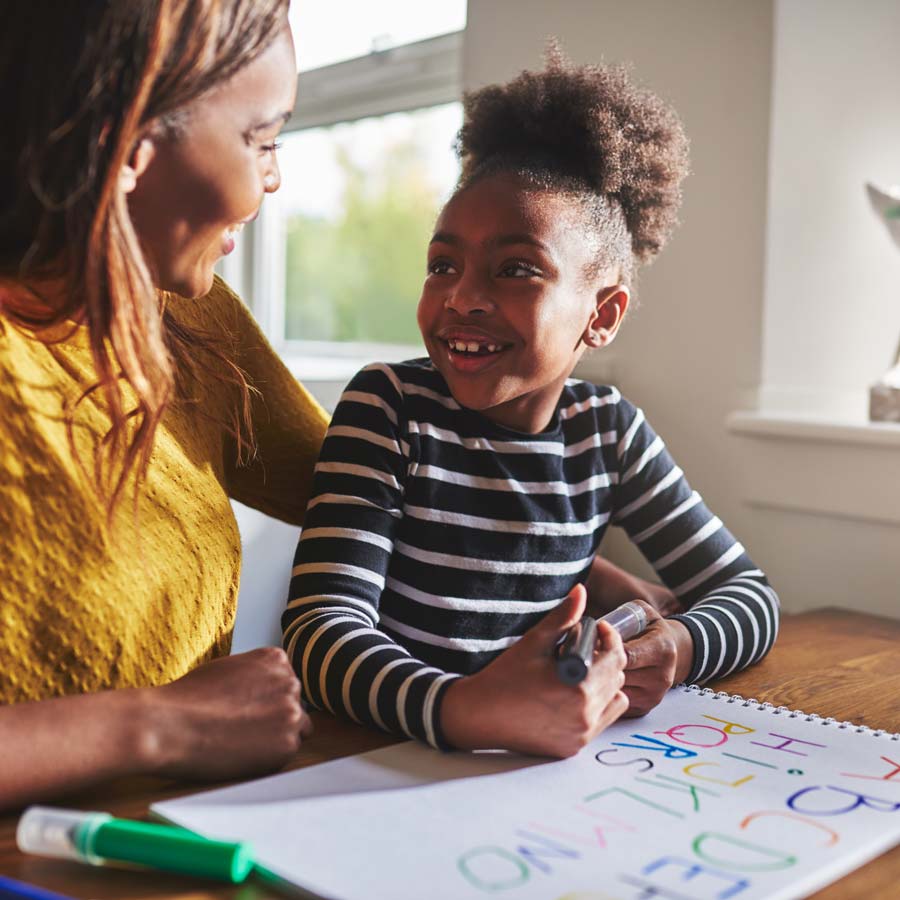Powered by Amee Cohen & Associates | +1 (954) 869-7202 | kshield@acandassociates.com
Powered by Amee Cohen & Associates | +1 (954) 869-7202 | kshield@acandassociates.com
Exceptional Student Educator Specialists (ESE) search for activities and resources that can be easily adapted to meet the academic needs of each child.
They also work with school counselors, speech-language pathologists, school psychologists, occupational therapists and parents to help children develop and socialize.
When it is determined that a student qualifies for special education services, a team meets to develop a Individualized Education Plan (IEP) that meets that student’s needs.
The IEP team consists of the student, the student’s parents, the ESE Specialist, at least one of the student’s regular classroom teachers, and other specialists and administrators.
This team meets throughout the year to discuss the student’s progress and whether the IEP needs to be adjusted in any way. Although each team member contributes to the development of the document, the ESE Specialist provides unique input on special needs, learning strategies, modifications and implementation.

All students, learn in different ways. Teachers must be able to discern these learning differences and modify lessons to suit their particular groups of students.
A student’s academic goals must be both challenging and achievable.
Even though they may also be adapted to meet students’ needs, assessments are ongoing.
Because of the extra monitoring and individual attention that many of their students require, special education teachers typically communicate with parents more often than the average general education teacher would.
Just book a date with an ESE Specialist and submit an interactive online admission form. Our team will carefully select the most qualified professional for your first video consultation.

From the Calendar Scheduler, select one of the available dates and open times.
Click on the Book It button and proceed to check-out.
After successfully completing the payment procedure, you will be directed to an Order Details page. Review your completed order and proceed to click on the Patient Intake Form button.
Fill in and submit the Patient Intake Form, which will allow us to assign a knowledgeable specialist to review your concerns and prepare to assist you on video consultation.
AC&A provides a warm and professional environment. You will need a tablet, smartphone, or computer with a built-in camera and microphone and access to reliable internet. It is recommended you test your device prior to confirming your audio and video work well. Consultations are held via ZOOM meetings and you can check your device and web connection in this link: http://zoom.us/test.
Prior to your Video Consultation, your assigned screener will review your Patient Intake Form and know your main concerns. During the video consultation, the screener will answer your questions and will present you with the most suitable therapeutic and treatment options for your needs.
Whenever the patient does not have sufficient autonomy or mastery of technology to participate in an online meeting, the presence of a caregiver or family member during the consultation will be necessary.
Relatives and other health professionals who wish to participate in the consultation remotely may do so if they have previously been registered in the Patient Intake Form.
Contacts
By Appointment only:
1825 NW Corporate Blvd
Suite 110, Boca Raton, FL
33431-8554
200 E Robinson St.
Suite 1120, Orlando, FL
32801-1962
+1 (954) 869-7202
kshield@acandassociates.com
For Mailing Only:
1825 NW Corporate Blvd
Suite 110, Boca Raton, FL
33431-8554
Registration Center
BCBA Application Form
ESE Specialist Application Form
Therapist Application Form
KShield Partnership Program
RtI Private School Partnership
Associated Referral Rewards Program
New Patient Registration Form
New Patient Referral Form
School Registration Form
Clinic, Hospital, Financial Form
Work with us Form
Our Associations
AC&A ESE Specialists and Pediatric Therapists are licensed professionals and follow the best practices and standards approved by their professional associations.
Clinical Management
This site content is under the responsibility of Amee Cohen & Associates. Secure Video Library and Video Consultation HIPAA compliant.